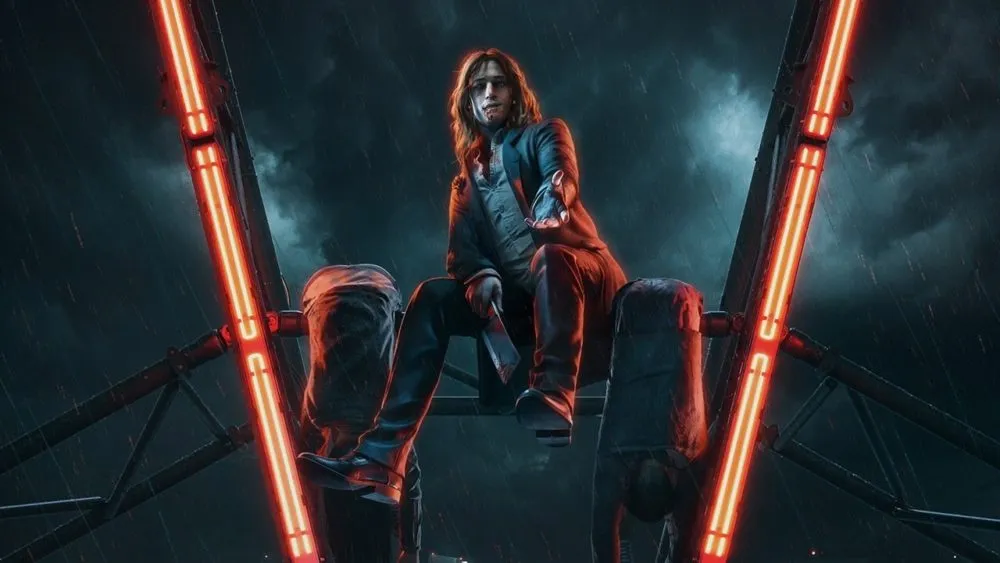What Vampire: the Masquerade – Bloodlines 2 Needs
A Truly Sleepless Seattle

Setting is a huge part of selling an atmosphere in any game and when you’re setting your story in a real location, like next year’s Vampire: the Masquerade – Bloodlines 2, there’s extra pressure to get it right.
The teaser trailer released last week told us that the long-awaited sequel to the cult classic Vampire: The Masquerade – Bloodlines, by Paradox Interactive and Hardsuit Labs, would be set in Seattle, showing a tidal wave of blood rearing over the famous Great Wheel.
Seattle is a surprisingly perfect fit for vampire society, thanks to its long, dark winters and buzzing nightlife. The original game was set in LA and developer Troika Games did an amazing job of representing the city and using it to inform the elitist, social-climbing culture of vampires that lived there.
Different districts are known for different things in vampire society, for example Hollywood’s underground information brokers and Chinatown being home to the mysterious not-quite-vampires-but-similar, the Kuei-Jin.
From standing on a rain-soaked pier on the beach in Santa Monica, to clubbing your heart out in Downtown LA, how well Troika embraced the city of Los Angeles is a key part of what the game’s amazing atmosphere was built on. That same level of detail and atmosphere needs to at least be matched in the sequel, if not surpassed, as it’s confirmed the game will be an open-world sandbox.
The standard for what makes a great interactive sandbox setting has come a long way since the first game came out in 2004. Spider-Man‘s New York is a great example of a sandbox game world that’s an intricate, loving homage to its real-world counterpart.
That’s an insanely high bar to meet and it’s doubtful anyone’s expecting the city to be replicated at that level, but the pressure is on to make the game feel like being set Seattle matters.
What Vampire: the Masquerade – Bloodlines 2 Needs
Great Disciplines
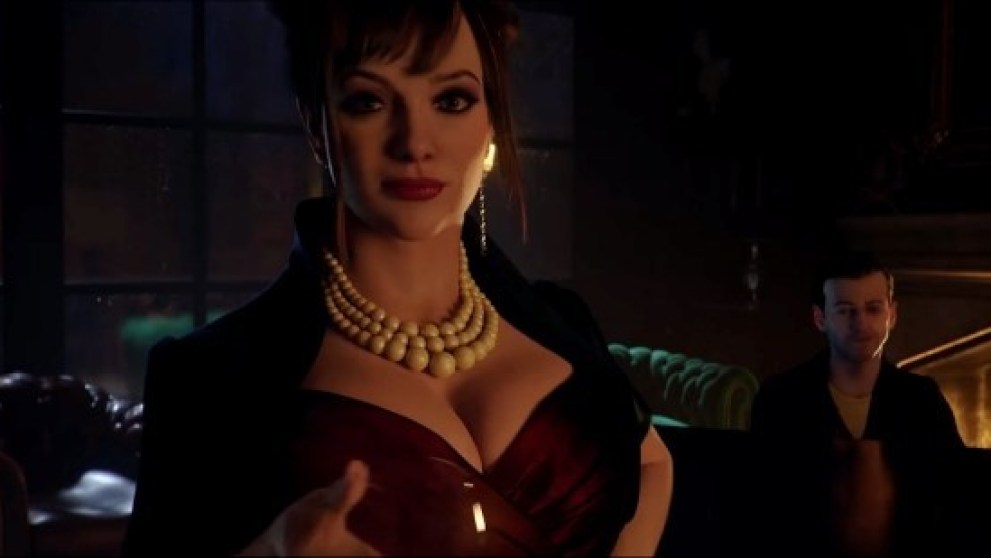
Disciplines are some of the most exciting parts of picking which vampire clan to play as. Each clan is known for its own special set of disciplines – vampiric talents that come in handy during combat, stealth or social situations. There are powers like Obfuscate, which renders you invisible, and Dementation, the ability to drive someone insane.
These abilities let you know you’re an other worldly being right from the jump, aside from simply being fast and strong, which the developers at Hardsuit Labs say will be the baseline for all vamps in Bloodlines 2.
They’ve revealed that this new game will introduce three new disciplines called thin blood powers, which include bat-like flying and gliding, turning into mist, and telekinetic powers. They’ve also said that they want to dial back the RPG elements that made the first game so similar to the original White Wolf tabletop game.
This may come as upsetting news to some fans, who enjoyed the extensive role-playing mechanics, while others have complained that, like the tabletop version, the points and leveling system is clunky.
Streamlining is a good thing, but in trimming the fat you don’t want to strip away the more interesting choices. An array of disciplines that you can mix and match according to your clan makes for a customizable and undoubtedly replayable experience.
Here’s hoping Hardsuit can strike a balance between streamlining those old pen ‘n’ paper aspects, while still retaining enough RPG elements to keep the old fans happy.
What Vampire: the Masquerade – Bloodlines 2 Needs
Powerful Choices
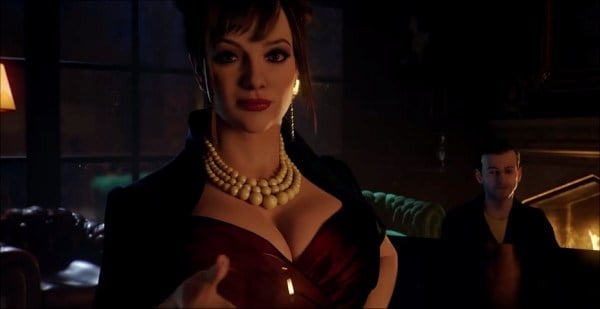
Freedom of choice has never been more highly valued in the gaming world, and is something we already know Bloodlines 2 wants to capitalize on. The game will give you more choice over your character at the creation stage, including a say in who you were before being embraced, which was missing from the first game.
But despite the limitations you’d expect of such an old game, Bloodlines lets you have a surprising amount of choice in your actions and, more specifically, your dialogue.
You could be as moral, evil, serious or goofy as you liked. You could even side with the bad guys, though that’s kind of everyone. You had the freedom to play the game how you wanted from a narrative perspective, with several endings all on the sliding scale of morally gray.
You could also be a complete dick, something that should definitely still be an option in the sequel. In the first game you could be abusive to your ghoul (a human you’ve enthralled into your servitude), make fun of someone’s stutter, or beat someone to death with their own prosthetic arm.
The freedom to be a jerk is a bizarrely precious one and the possibility of doing villainous playthroughs has many hoping the developers keep in the more unsavory options.
What Vampire: the Masquerade – Bloodlines 2 Needs
Quirky and Distinctive Clans
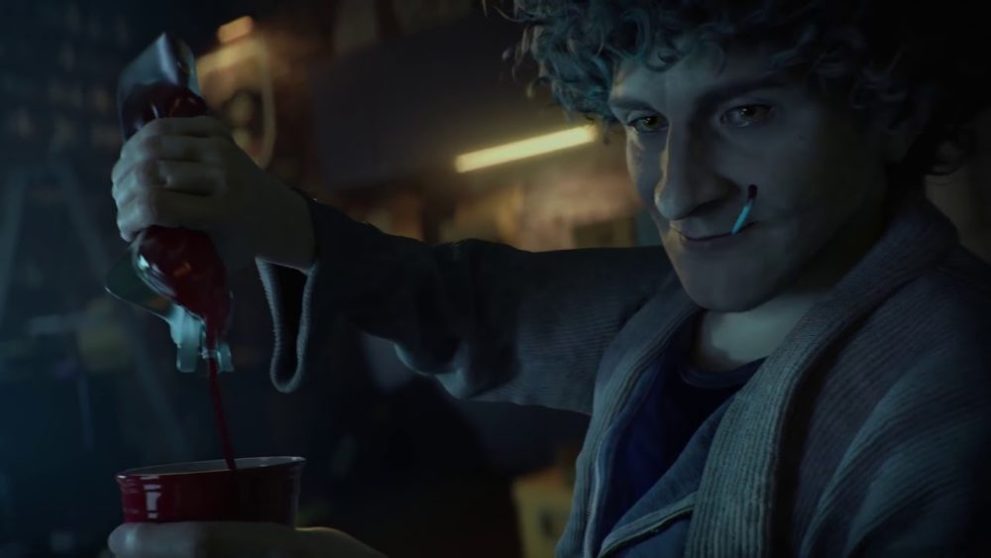
We didn’t get to see all the clans from the tabletop game make an appearance in the first Bloodlines, but it came pretty close. The Vampire: Masquerade universe has a huge and diverse range of vampire clans, each with their own abilities, customs and even their own political alignment.
The difference between these sub-types of vampire is something the first game goes to great lengths to illustrate and your choice of clan can even affect how you interact with the world.
A perfect example of this is the insane and/or clairvoyant Malkavians. If you play as one you can argue with a stop sign and hear special messages from the TV. Most of your dialogue doesn’t make a lick of sense and yet turns out to be strangely prophetic.
Another example is the Nosferatu, whose hideous appearance means they can’t be seen by mortals and have to travel through the sewers almost exclusively. This changes the gameplay significantly/extensively and forces you to realize that all these clans are hugely different. After hours of crawling around in the sewers, by the time you meet another Nosferatu you already feel a sense of kinship with them.
You should be able to feel the difference of whichever clan you pick to play as, and see it reflected with other vamps you meet along the way.
These kind of massive differences are something we already expect from the sequel, and the trailer had us all trying to guess which clan different characters were (the one with the wine glass and cigarette holder has to be a Ventrue, right?).
Bloodlines 2 is also an amazing opportunity to show off the clans that got little to no exposure in the previous game, like the incestuous, necromantic Giovanni, the predatory Lasombra, and the snake-like Followers of Set.
What Vampire: the Masquerade – Bloodlines 2 Needs
To Embrace New Technology
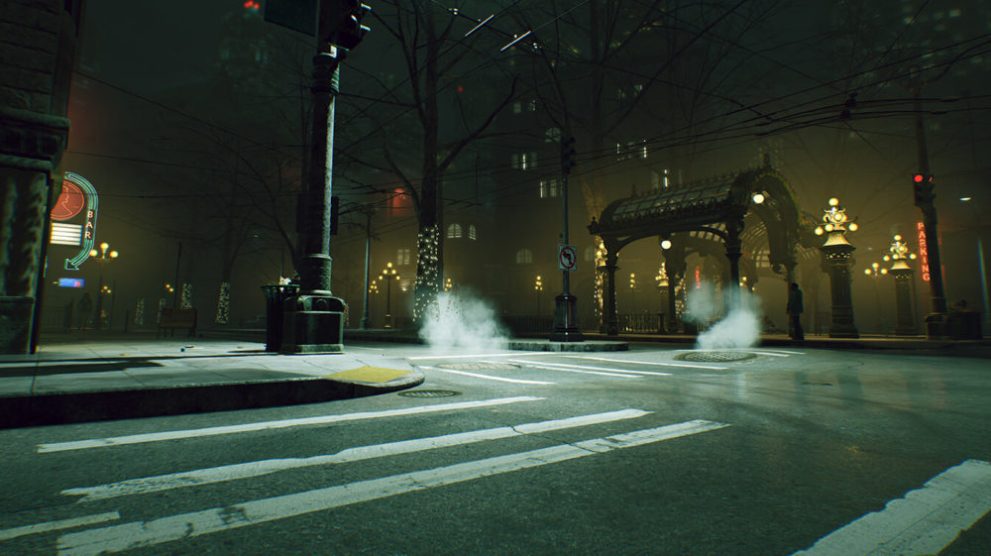
Times have changed since the heady days of 2004, before smartphones, tablets, and drones. The first Bloodlines did a great job of marrying the game with the technology of the early 2000s, as you received most of your assignments via email, could pop into internet cafes, and hack other characters’ computers.
It remains to be seen how well the sequel can adapt to the technological advancements of the modern world. Will smartphones make communication between vampires easier? Or will it just mean that your cover’s be more easily blown if let your true nature slip out in public?
This 15-year upgrade in technology and technology culture is something the game needs to nail, lest it risks looking dated when it releases in 2020. The devs are all too aware of the need to stay current. In their interview with GamerHubTV, they mentioned wanting to avoid incorporating Seattle’s massive grunge scene into the game because it didn’t reflect the city as it is today.
In line with these ideals, they’ve also expressed that they want the game to put a heavy emphasis on LGBT and mental illness representation, something barely touched on in the previous game.
What Vampire: the Masquerade – Bloodlines 2 Needs
To Stay in Touch With its Roots

Although the first Bloodlines is a fantastic game in its own right, it undeniably has its roots in the old World of Darkness role-playing games. Set in a depressing supernatural world of myth and monsters, World of Darkness’ connections to the game are what make it so memorable.
If you tried to describe Bloodlines to someone who’d never played it – the modern, city-dwelling vampires, the hierarchies and power plays – they’d probably come away thinking it’s just a rip-off of Blade. But those who have played know that the game is its own distinctive entity, with its own world and rules, and it’s thanks to those World of Darkness influences.
Though White Wolf’s World of Darkness universe has been changed over the years, even getting a complete revamp in 2004, it’s still utterly unique and bursts with character that makes it all the way into the original video game. The werewolf is probably the best in-game reference to this and is a nod to another WoD game – Werewolf: the Apocalypse.
The sequel needs these same WoD influences to stand out against other modern vampire games like Vampyr. They’re an important part of the series’ identity that it mustn’t forget.
The old Vampire: the Masquerade tabletop game and accompanying books are rich in lore that goes back to biblical times and runs until the prophesied apocalypse. Let’s hope that Bloodlines not only holds on to those roots to flesh out its world, but also brings in references to some of the other weirder WoD games, like Werewolf, Mage, and Changeling.
